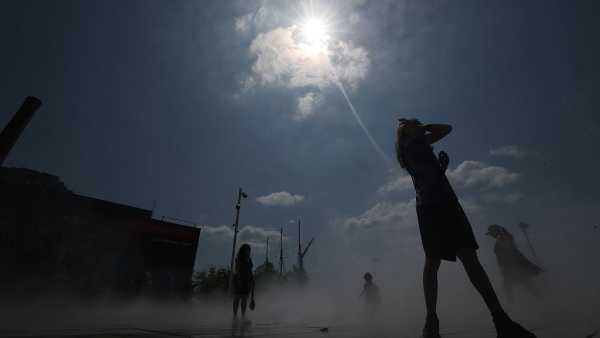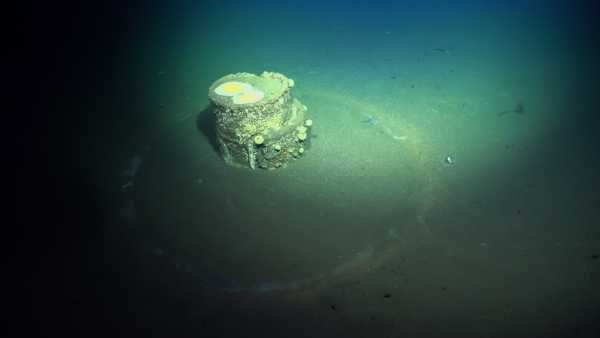
The toxic barrels that captured public attention in 2020 appear to have “halos” around them — and researchers have finally figured out why. (Image courtesy of the Schmidt Ocean Institute.)
Thousands of barrels of industrial waste have covered the ocean floor off the coast of Los Angeles for decades, but scientists still don't fully understand what chemicals the dump is releasing into the environment.
Now research has shown that some of the chemicals leaking from the barrel cemetery were highly alkaline, the opposite of acids, and they were still concentrated enough to kill most life living nearby.
According to the U.S. Environmental Protection Agency, between the 1930s and the early 1970s, radioactive waste, refinery waste, chemical waste, oil drilling waste and military explosives were dumped in 14 deep-sea dumps off the coast of Southern California.
You may like
-

Surprising results show that toxic chemicals polluting groundwater are formed in the stratosphere.
-
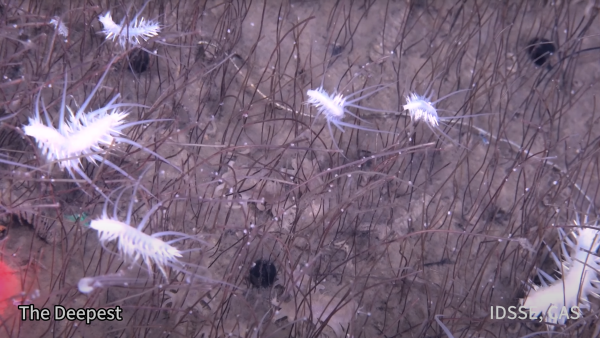
First-of-its-kind footage has captured bizarre sea creatures living at extreme ocean depths.
-
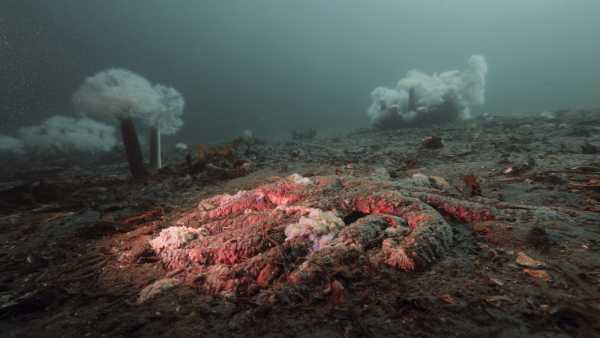
The mystery of why starfish turn into slime has finally been solved — and it's not what scientists thought
The massive underground dump came to public attention in 2020, when an LA Times article reported that deep-sea robotic surveys had found dozens of barrels scattered across the seafloor. Then, in 2021 and 2023, follow-up surveys by the Scripps Institution of Oceanography in California found nearly 27,000 barrel-like objects and more than 100,000 pieces of general trash on the seafloor. Some suspected that the barrels, many of which were surrounded by whitish halos in the sediment, contained the now-banned pesticide DDT, as the area is heavily contaminated with it.
However, to this day, the total number of barrels on the seabed and what they contain remain unknown.
Now, Scripps Institute microbiologist Johanna Gutleben and her colleagues have released the results of an analysis of sediment samples taken near five barrels using a remotely operated vehicle in 2021. They found that DDT contamination levels did not increase the closer they got to the barrels, so they say the barrels were free of the chemical.
White halos were found around three of the barrels tested, and all samples taken near these barrels had extremely high pH levels (around 12) and very few microbes living there, leading the team to argue that the barrels contained caustic alkaline waste that can damage organic matter and leach high concentrations of potentially toxic metals.
The team's research was published Tuesday (September 9) in the journal PNAS Nexus.
“Up until now we have mainly been looking for DDT. No one has thought about alkaline waste before, and we may have to start looking for other substances as well,” Gutleben said.
Analysis of the samples did not reveal what specific chemicals were in the barrels, but it should be noted that DDT production, like oil refining, produces alkaline waste.
“One of the major byproducts of DDT production was acid, and they didn't put it in the barrels,” Gutleben said. “It makes you wonder: What was worse than the acidic waste of DDT that it deserved to be put in the barrels?”
Because the researchers found very limited amounts of microbial DNA near the barrels, they say the alkaline waste likely transformed parts of the seafloor into extreme conditions where most life cannot survive. However, they did find traces of some specialized bacteria — species from families adapted to alkaline environments, such as deep-sea hydrothermal vents and alkaline hot springs.
The team also figured out how these strange halos form. When alkaline waste flows out of the barrels, it reacts with magnesium in the water to form a mineral form of magnesium hydroxide called brucite, creating a crust similar to concrete. The brucite then slowly dissolves, maintaining a high pH in the sediment and causing reactions in the surrounding seawater. This results in the formation of calcium carbonate, which settles as a white dust around the barrels.
RELATED STORIES
— Tens of millions of devices are thrown away every year, and the development of artificial intelligence will only make the situation worse.
— Scientists turn 'forever chemicals' in water into fluoride with new process
— “This technology is possible today”: Nuclear waste could become a future energy source and expand access to rare fuel.
“Given that the alkaline waste persists for more than half a century rather than rapidly dissipating into seawater, this suggests that it should be considered a persistent pollutant with long-term environmental impacts similar to DDT,” study co-author Paul Jensen, also of the Scripps Institute, said in a statement.
“It's amazing that after more than 50 years we're still seeing these effects,” he said.
The researchers suggest using white halos to identify drums containing alkaline waste to assess the overall level of contamination. Jensen noted that about a third of the drums found so far have halos, but it is unclear whether that proportion will hold as more drums are discovered.

Chris Simms, Live Science contributor
Chris Simms is a freelance journalist who previously worked at New Scientist for over 10 years, serving as editor-in-chief and assistant news editor. He was also a senior editor at Nature and has a degree in zoology from Queen Mary, University of London. He has written extensively for New Scientist in recent years and was shortlisted for the British Science Writers' Association's Best Newcomer award in 2018.
You must verify your public display name before commenting.
Please log out and log back in. You will then be prompted to enter a display name.
Exit Read more

Surprising results show that toxic chemicals polluting groundwater are formed in the stratosphere.
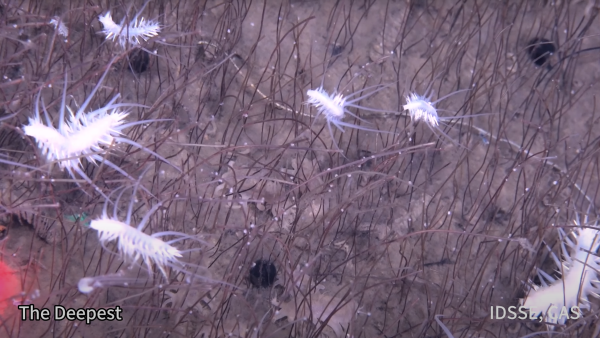
First-of-its-kind footage has captured bizarre sea creatures living at extreme ocean depths.
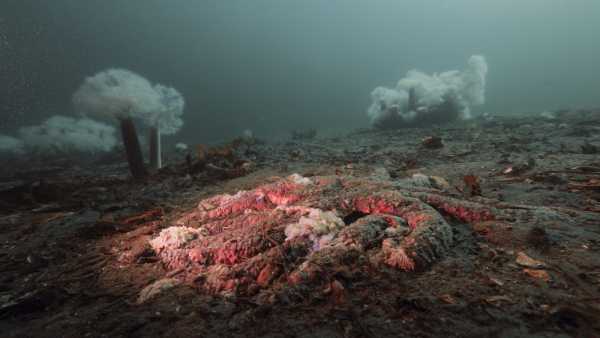
The mystery of why starfish turn into slime has finally been solved — and it's not what scientists thought
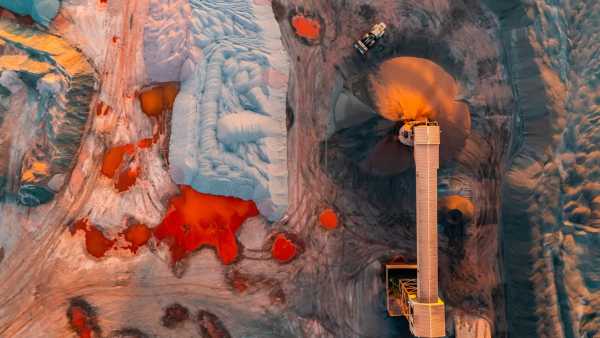
Industrial waste is being transformed into a new type of stone at an “unprecedented” rate, a new study has found.
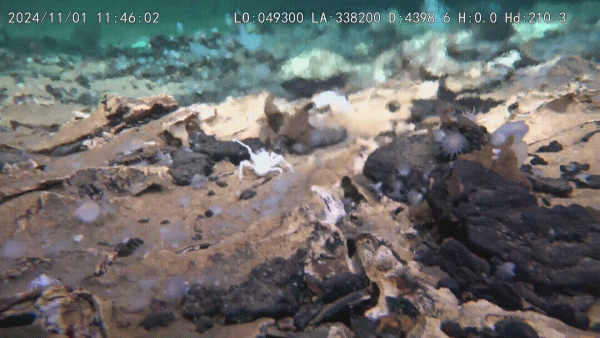
A Chinese submersible is exploring previously unknown giant craters on the Pacific Ocean floor – and they're teeming with life.
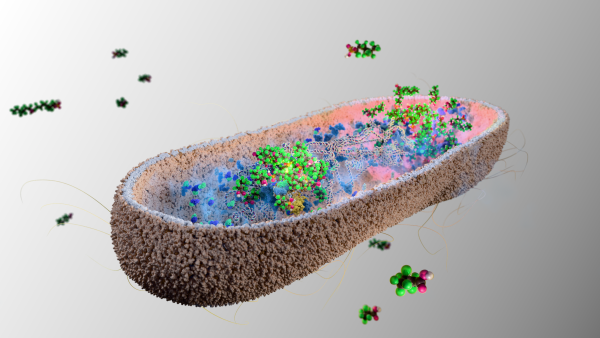
Our gut bacteria can absorb and eliminate toxic “forever chemicals” — at least in lab mice.
Latest Pollution News
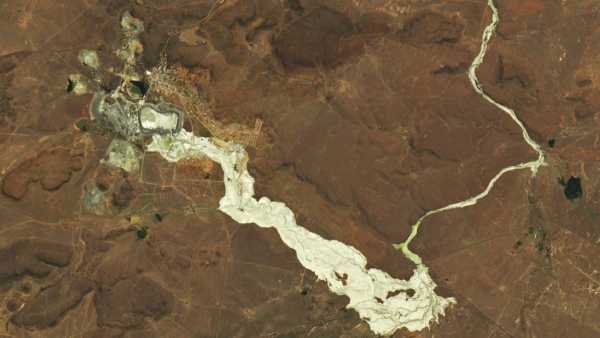
A golden river of toxic waste has spilled out of a deadly mine disaster in South Africa

Which cities in the world are the most polluted?

The study found that even short-term exposure to diesel fumes alters the activity of key neurons in the brain.

New research has found that atmospheric landscapes by Monet and Turner actually depict air pollution.

Hole in ozone layer grows for third year in a row – but scientists are not worried

Light Pollution: Environmental Impacts, Health Risks and Facts
Latest news

Breakthrough in electronics means our devices may one day stop generating heat, scientists say
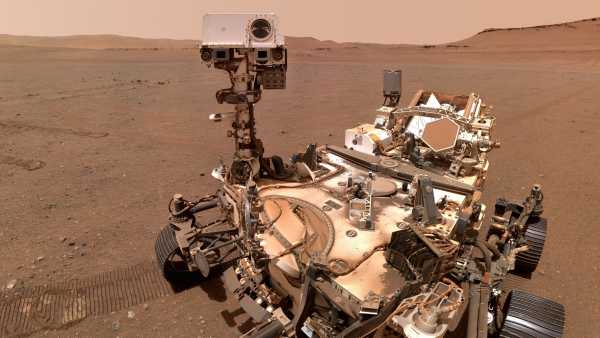
'Incredibly exciting': NASA claims to have found 'clearest sign' of past life on Mars

Scientists have discovered that baby pterosaurs died during a powerful Jurassic storm 150 million years ago.
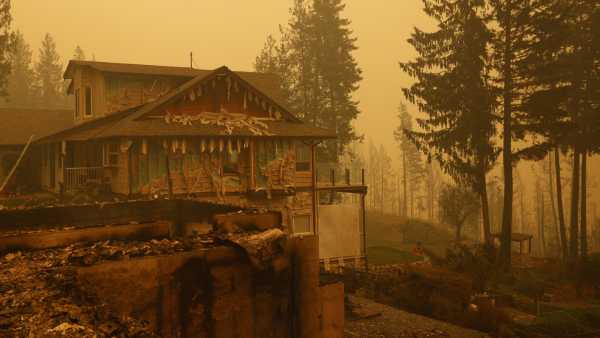
The study estimates that wildfires in Canada will cause 87,000 premature deaths worldwide in 2023.
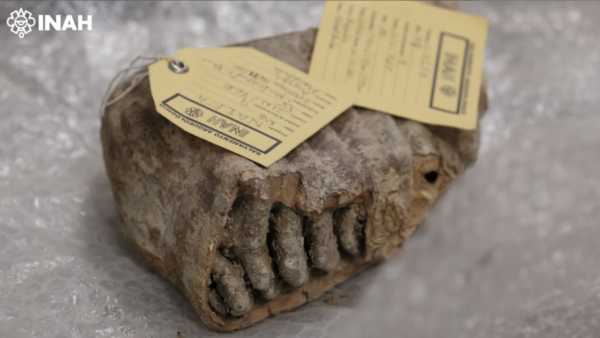
Ancient DNA from Mexican mammoths reveals unexpected and unexplained genetic secrets
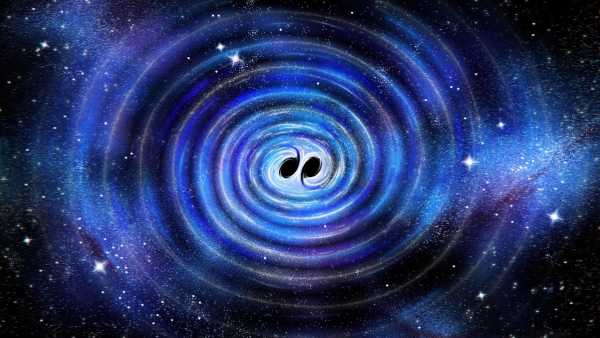
Confirmed! Merging black holes confirms Stephen Hawking's theory.
LATEST ARTICLES
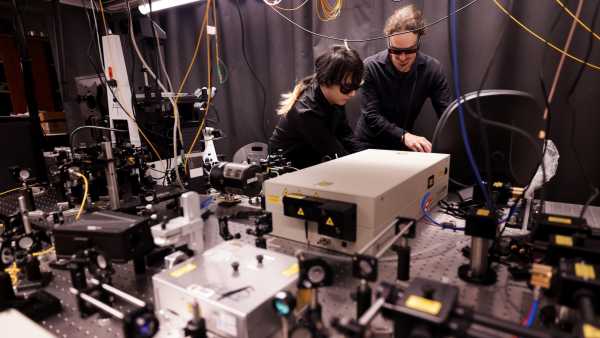
1A breakthrough in electronics means our devices will one day stop generating heat, scientists say.
Live Science is part of Future US Inc., an international media group and leading digital publisher. Visit our corporate website.
- About Us
- Contact Future experts
- Terms and Conditions
- Privacy Policy
- Cookie Policy
- Accessibility Statement
- Advertise with us
- Web Notifications
- Career
- Editorial Standards
- How to present history to us
© Future US, Inc. Full 7th Floor, 130 West 42nd Street, New York, NY 10036.
var dfp_config = { “site_platform”: “vanilla”, “keywords”: “type-news-daily,serversidehawk,videoarticle,van-enable-adviser-
Sourse: www.livescience.com


